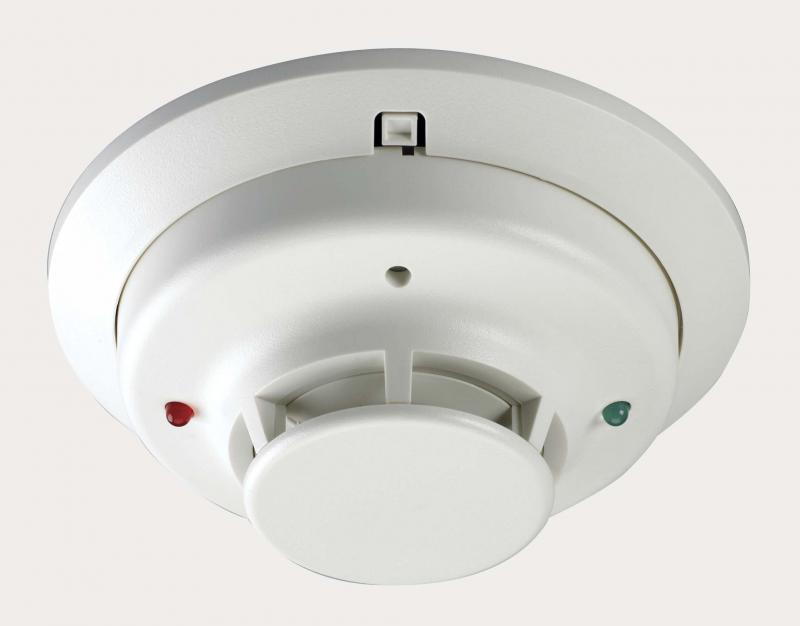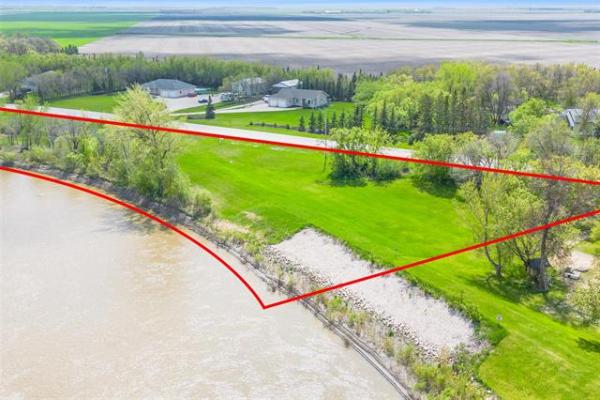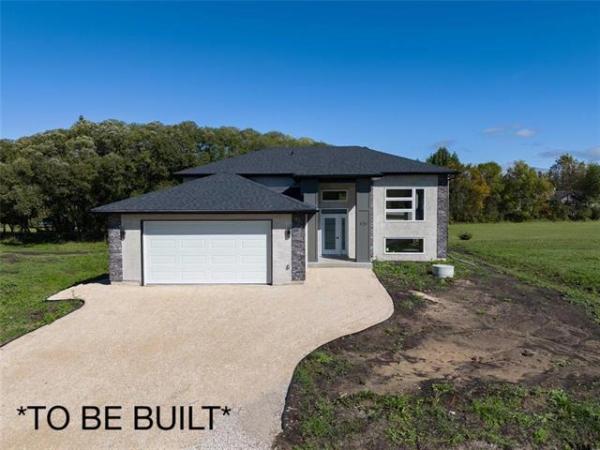QUESTION: A question in regards to a basement smoke detectors. We have permits and are finishing our basement. It will consist of a bathroom, home office and rec-room area. There is a hard-wired detector in the rec-room area.
Does the office and bathroom need detectors and, if so, do they need to be hard-wired and in series with the main detector?
— Al and Kim Rempel
Answer: The answer to your question can have different outcomes, depending on which of two fundamentals you are using as a guide. The difference between what local building codes call for and what is generally considered safe, may differ. While your municipal building inspector is the one to consult for code compliance, you may wish to increase your safety level above that, or modify the requirements to suit your own comfort level.
Most home inspectors are the wrong people to ask when it comes to building code requirement for new construction or renovations. We are more concerned with performance and safety guidelines than what is prescribed in the National Building Code (NBC). The authority for those requirements are your local municipal building officials, who will be in charge of the on-site inspections. Since you have taken out a building permit for the basement work, consult the municipal office where you got the permit as to their specific requirements. You can also look up that section of the NBC, but it may vary somewhat from your local needs. It is up to the local municipality or city to decide which version of the NBC they will be adopting, and forgo or add to those standards as they see fit to meet local conditions.
If we take the current requirements in Winnipeg, which I base on what I observe in newly built homes, hard-wired detectors are required at least once on each floor, typically in hallways, all bedrooms, but not in kitchens or bathrooms. These should also be combination smoke and carbon monoxide (CO) detectors and interconnected so all detectors alarm if any single one is activated. Bedrooms are one of the most recent changes, which makes perfect sense, since the most dangerous fires can occur at night while you are sleeping. Kitchens and bathrooms are not required to have detectors to prevent false alarms. Cooking can set off sensitive devices and extremely high humidity, prevalent in bathrooms, may also cause malfunctioning units.
Despite the NBC requirements for smoke and CO detectors, there are some further issues to discuss with relation to smoke detectors. While hard-wired and cross-connected smoke alarms are generally the most reliable, they may not provide safety during a power failure. For this reason, some manufacturers have models with a back-up battery integral to the units. These are an excellent choice, but may not be that commonly found. If they are too difficult to find or too expensive, installing a separate battery-operated unit near the hard-wired ones will increase your safety. These are inexpensive and will often beep when the batteries run down to alert homeowners to change the power source. Regardless, all smoke and CO detectors should be tested regularly, by pushing the small test button until the alarms sound, to ensure proper operation.
While it may seem that having both hard-wired and battery-powered smoke detectors should be sufficient, there may be one other issue to address. Most common detectors are based on ionization for detection of smoke. Without going into the science behind their function, these are best suited for quickly detecting particles from rapidly burning fires, such as kitchen fires. Photoelectric detectors are more useful in detecting smoke from slow, smouldering fires. While either type of fire in a home is a possibility, safety of the occupants can only be best served by installing both types of smoke detectors. Alternatively, some manufacturers have models that have both ionization and photoelectric sensors for dual protection. These may be the best option, but are typically much more costly that individual units.
So to recap, to be as safe as humanly possible with regards to early fire detection in your home, short of installing a sprinkler system, here is what is required. Installation of hard-wired combo smoke and CO detectors, as well as both ionization and photoelectric sensors, with at least one battery-powered or backed-up model per floor. Ensuring that all models, both hard-wired and battery-powered ones are interconnected, which can also be wireless in the most sophisticated units, completes the job. Installation location requirements may vary according to local codes, so checking with the building officials should help you decide where and how many to put in.
Most local municipal building divisions will be able to answer your questions about what is required and where to locate smoke detectors to meet fire safety requirements, but going above and beyond is a matter of personal choice. Checking at building centres for additional types or combination units will be prudent to see what is the most cost-effective way of achieving your desired safety-comfort level in your home.
Note:
In last week’s column (Nov. 19) I made an improper statement about electric heaters. I said that "any baseboard heater used for this purpose should be hard-wired to a 240 Volt double-pole breaker. If that is not the case, and your heater is wired to a single-pole 120 volt circuit, your heating cost will be approximately double what it should be". That is not correct, as we are billed for electricity based on the wattage (kilowatt hours), not the current (amps) consumed. Wattage should be the same for either heater, so costs should only be slightly lower with a 240 volt heater, and most of the savings are up front with smaller circuit breakers and wiring required.
I apologize for my error and thanks to the few readers that politely pointed this out, which I only realized after publication. Physics never was my forte.
Ari Marantz is the owner of Trained Eye Home Inspection Ltd. and the past president of the Canadian Association of Home & Property Inspectors — Manitoba (cahpi.mb.ca). Questions can be emailed to the address below. Ari can be reached at 204-291-5358 or check out his website at trainedeye.ca.
trainedeye@iname.com




